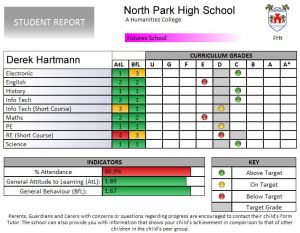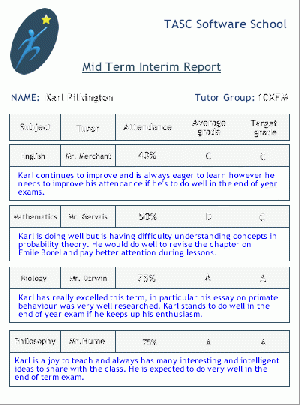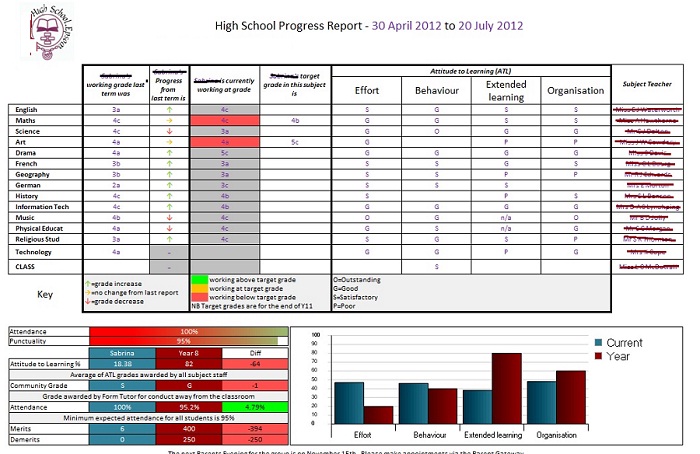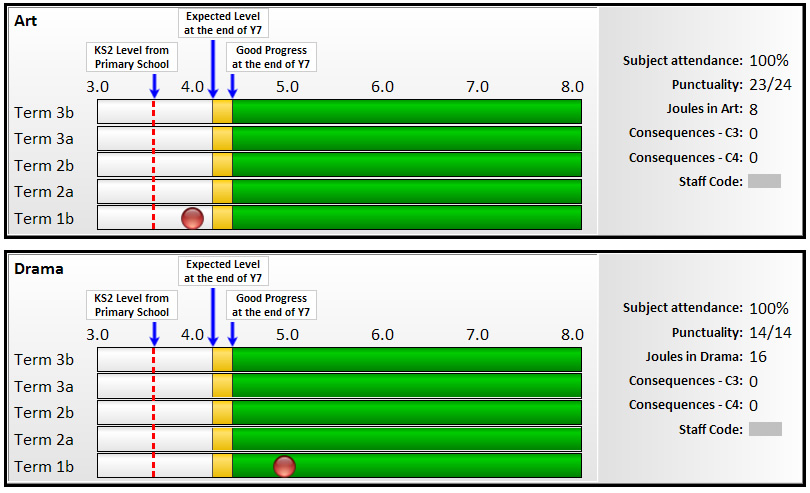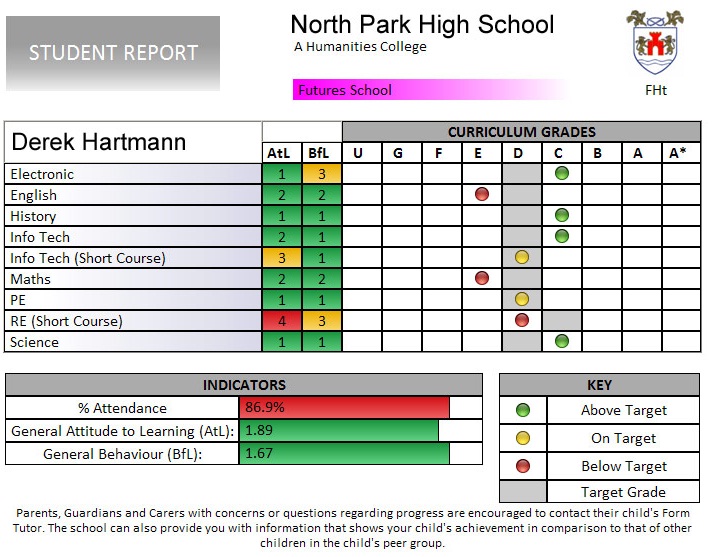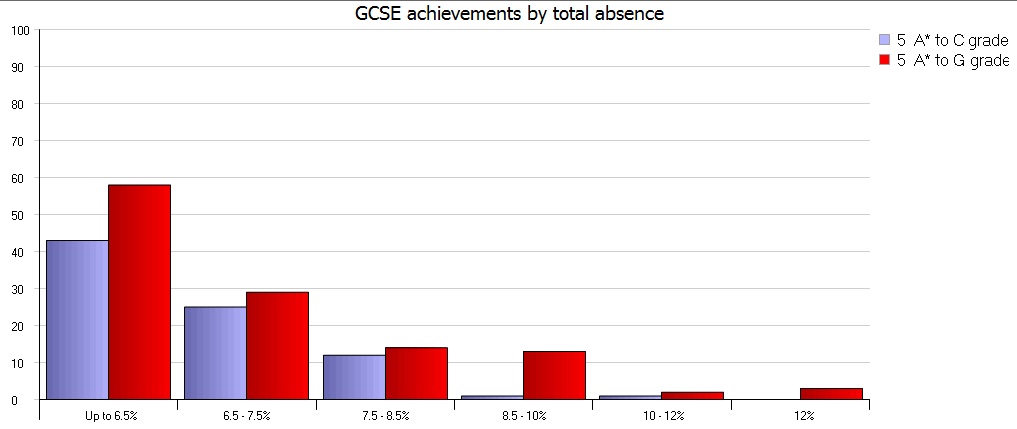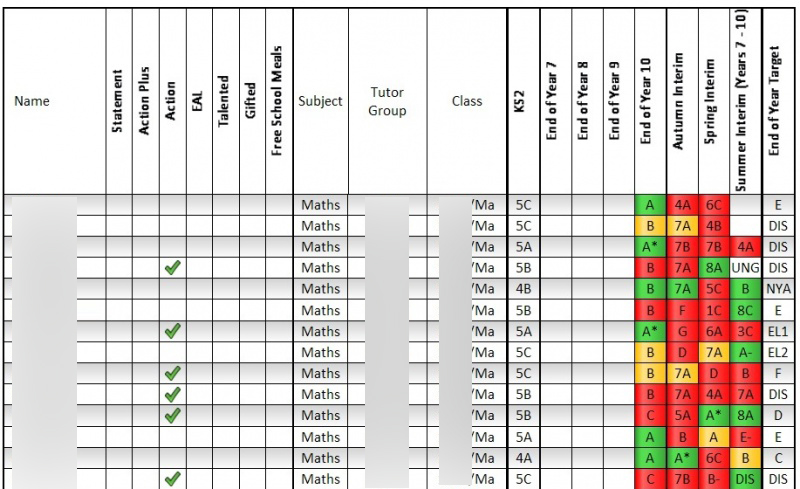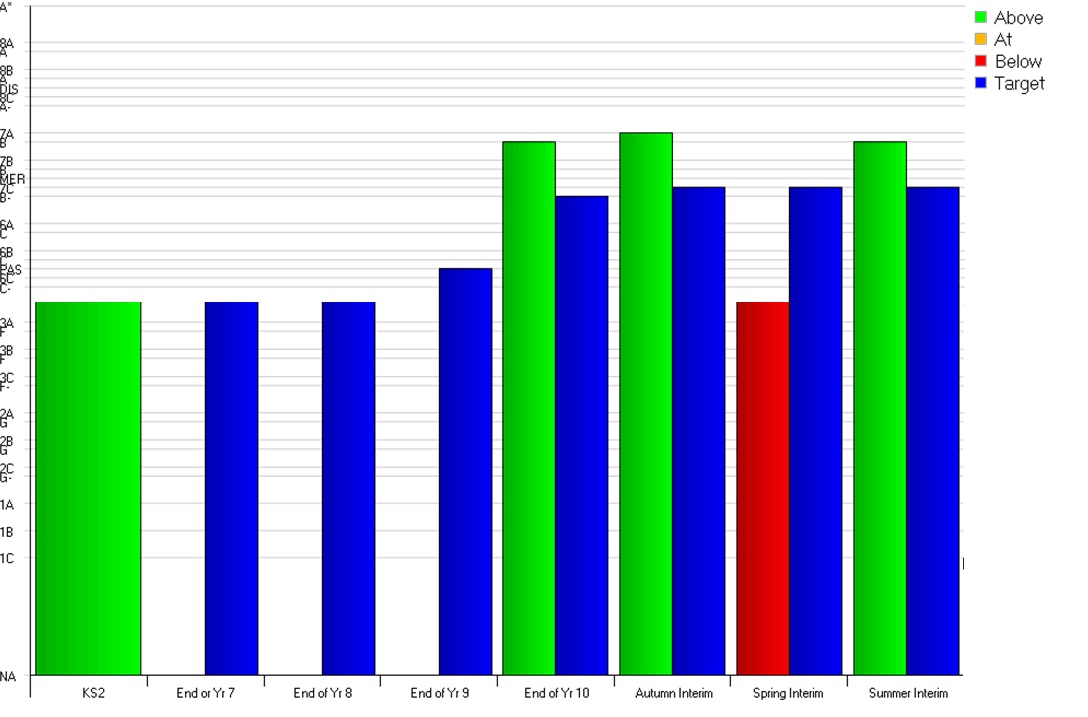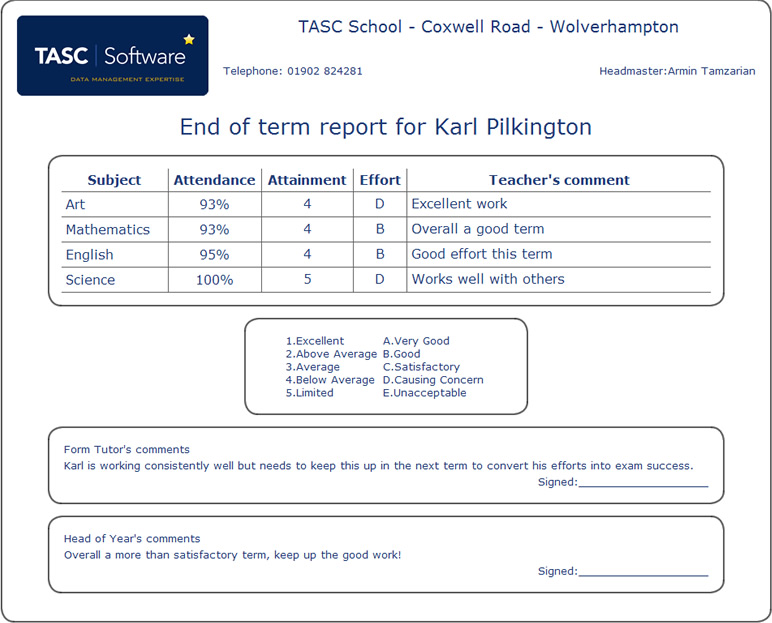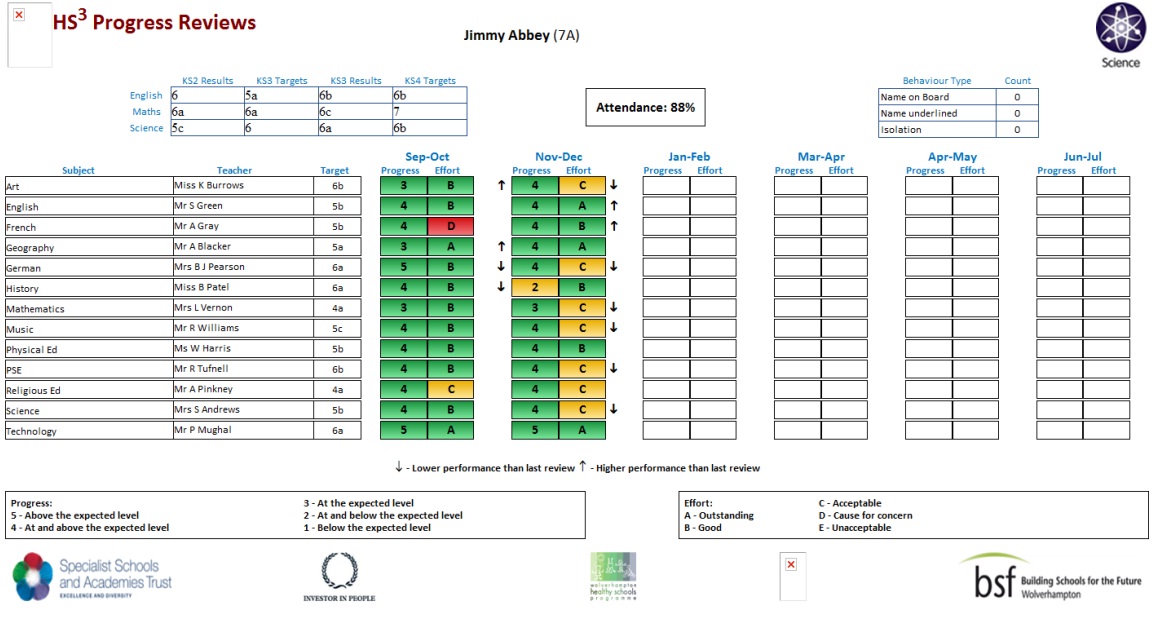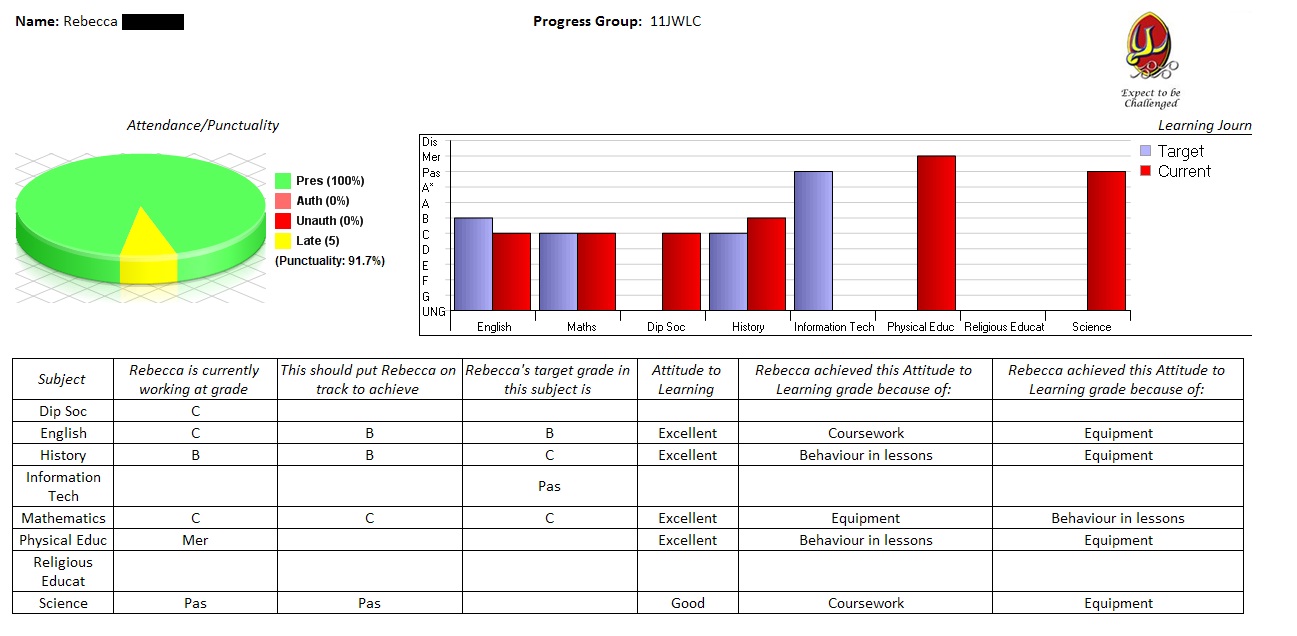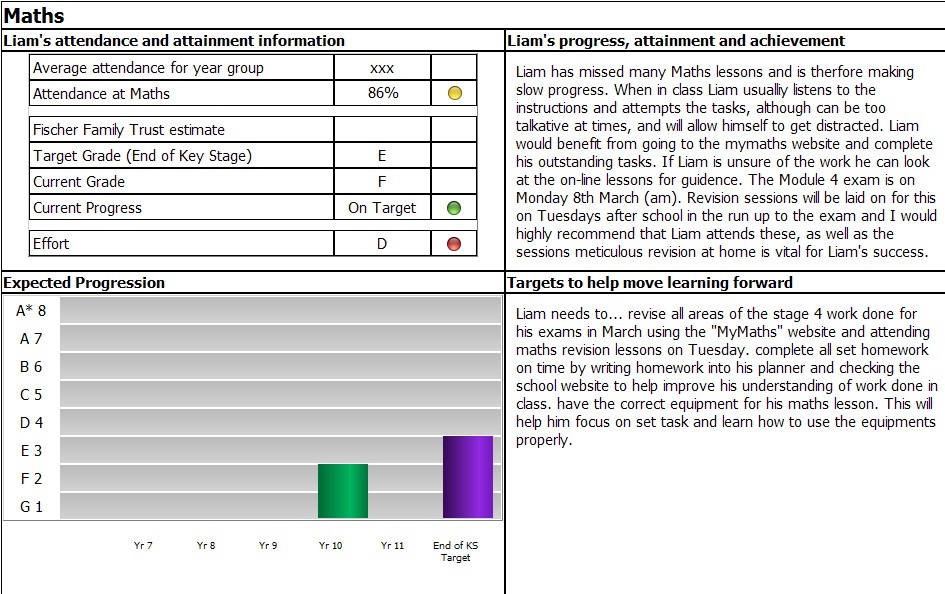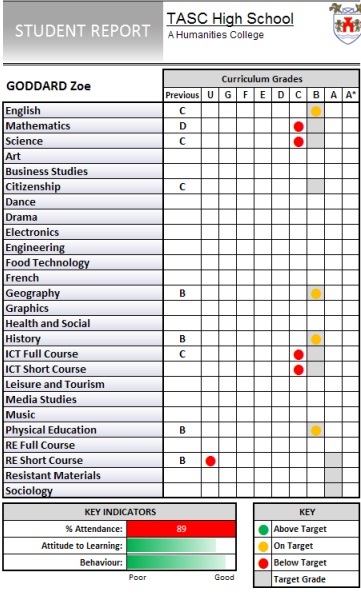Difference between revisions of "Customised reports"
| Line 87: | Line 87: | ||
| − | If you need any help or advice with creating an XSL stylesheet to use in PARS, please contact the [[Helpdesk]]. | + | If you need any help or advice with creating an XSL stylesheet to use in PARS, please contact the [[Online Helpdesk]]. |
[[Category:Configuration]] | [[Category:Configuration]] | ||
Revision as of 10:28, 9 May 2014
| Permissions required to access this module: | |
| Section: | |
| Reviews | |
| Permission(s): | |
| Access student reviews | |
| Add and modify student review designs | |
| (n.b. various other modules have their own slip designer permissions) | |
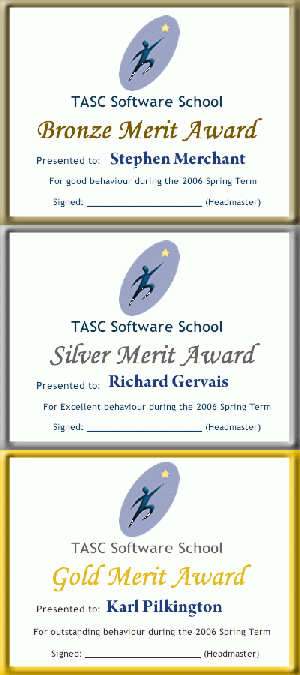
The slip designer is used to create customised reports (e.g. end of term reports to parents), consent slips, behaviour certificates or any other customised printout. The design can include graphics such as the school logo.
The slip designer works via XSL transformations (Wikipedia link). An XSL stylesheet and an XML data file together produce an HTML output file e.g. the final slip/report that is generated. The stylesheet reads and "transforms" the data in the XML file into the final document suitable for printing. Once a stylesheet has been created and the data exists in the database, all of this is handled automatically by PARS when a review/slip is generated.
Contents
An important note
Student review generation for a specific Student Review Period will only work for a brief time within a school year where the data (grades, element schedules, student group memberships, the review design script etc) are all in "sync". It's important to upload them to the SIMS Document Server at this point if you require a record of them in future.
Examples of Student Reviews; Bespoke Grade/Assessment Reports designed for Schools
The XML data file
A data file is generated from the SIMS database whenever a slip is generated. The data file is used as the source of data for the XSL stylesheet. This file is found in the PARS TEMP folder after a slip is generated and is called OUTPUT.XML, DROUTPUT.XML or MDOUTPUT.XML. The PARS TEMP folder is found in the local PARS folder.
The XML that PARS produces is unformatted but it can be tidied easily using this website.
This line of code can be added to the top of the XML data file to allow the transformation to be viewed outside of PARS:
<?xml-stylesheet type="text/xsl" href="stylesheet.xsl"?>
Place both the XML and the XSL file (in this case called "stylesheet.xsl") into the same folder then open the XML file using a web browser. The XSL file can then be edited and saved using a text editor such as Notepad++ (free download). After saving the XSL file, refresh the XML window in the web browser to see the changes.
The XSL stylesheet
This text file transforms data that it reads from the XML data file into an HTML file that can be printed out. Some simple XSL stylesheets are included with the software and can be viewed by selecting one of the designs found under "Slip designer" or "Review designer" in various sections on the PARS main menu.
When editing an existing design in PARS, the "Test" button will appear if there is a valid XML data file in the Windows temp folder however the method outlined above is generally quicker.
If you need any help or advice with creating an XSL stylesheet to use in PARS, please contact the Online Helpdesk.
